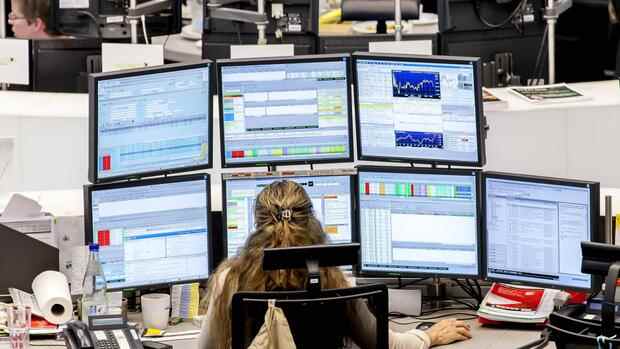Active ETFs are not yet widespread in Germany. However, they are growing fast.
(Photo: imago/imagebroker)
Frankfurt An annual return of 14 to 17 percent: This is the return achieved by a special type of equity fund. Because the fees are lower, more sticks with the end investor. We are talking about actively managed exchange-traded funds (ETF).
“Active ETFs at least give you the chance of an additional return compared to a pure index product,” says Barbara Claus, fund analyst at Scope Fund Analysis. The Handelsblatt has published a scope study on this market segment.
In the following, the Handelsblatt explains how active ETFs work, where the differences to passive ETFs are, why they are cheaper than conventional, actively managed funds and which products have been particularly successful recently.
How do active ETFs work?
Active ETFs are a kind of hybrid between the two classic investment approaches. A fund in its exchange-traded form, ETF for short, is almost always an index product, composed exactly like the underlying benchmark, for stocks such as the world stock index MSCI World Index or the German leading index Dax.
Top jobs of the day
Find the best jobs now and
be notified by email.
Read on now
Get access to this and every other article in the
Web and in our app free of charge for 4 weeks.
Continue
Read on now
Get access to this and every other article in the
Web and in our app free of charge for 4 weeks.
Continue
